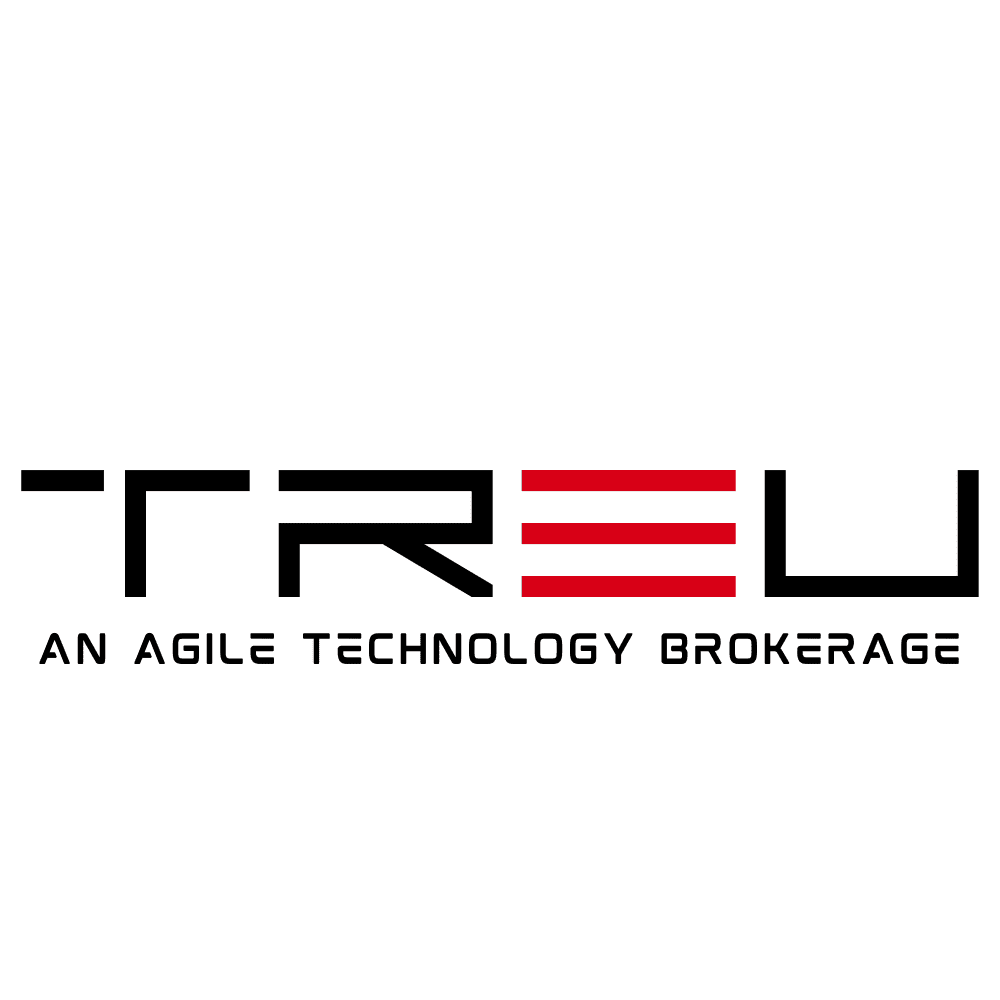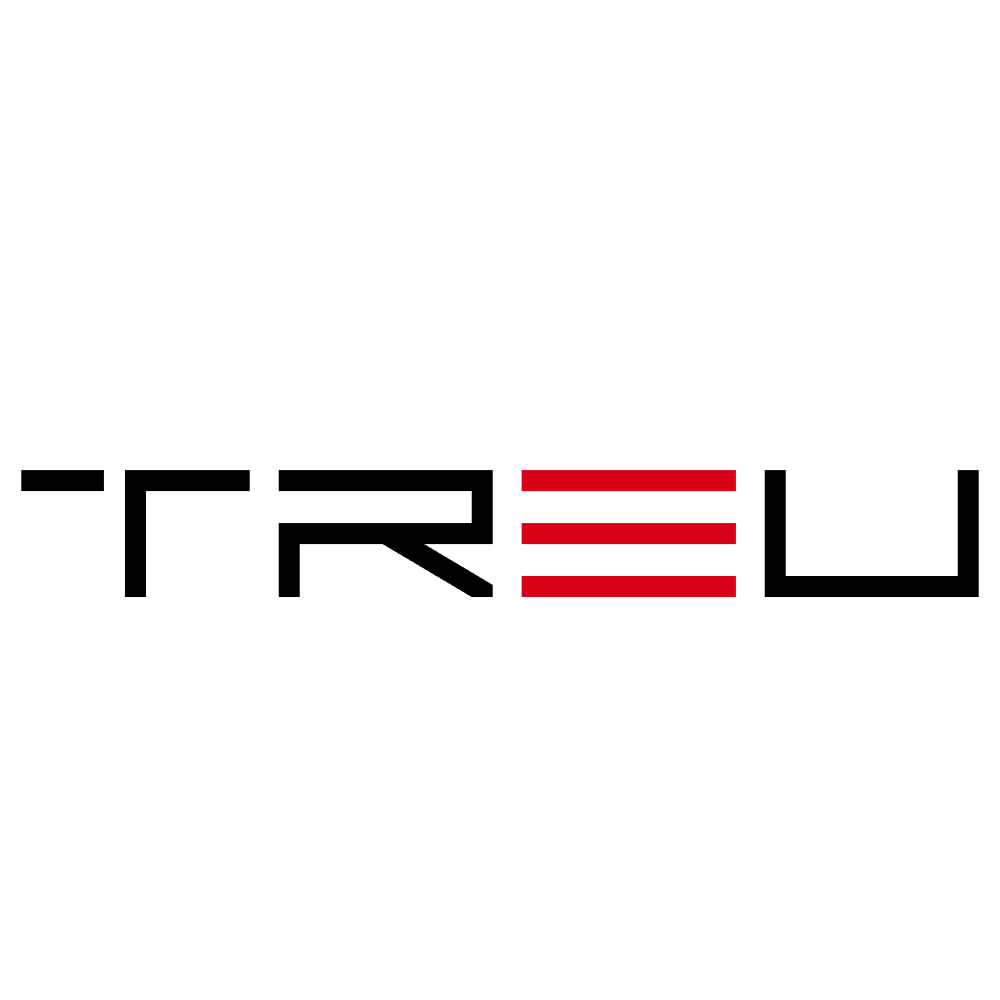Building Trust and Oversight to Unlock $450B Agentic AI Market
As Artificial Intelligence (AI) technologies rapidly evolve, the spotlight has now shifted to a transformative and rapidly emerging subset: Agentic AI. Estimated to fuel a global market opportunity worth $450 billion in the near future, Agentic AI represents not only a technological breakthrough but also a defining moment for industries seeking automation, adaptability, and autonomy. But with this potential comes a pressing need for human oversight and trust-building mechanisms.
What is Agentic AI?
Agentic AI systems differ significantly from traditional AI. While conventional AI solutions are tools that require direct human instruction and narrowly defined inputs, Agentic AI exhibits characteristics more akin to an autonomous agent.
Key features of Agentic AI include:
- Goal-oriented behavior: The ability to pursue objectives with limited supervision.
- Context-awareness: Capacity to analyze evolving situations and make decisions accordingly.
- Adaptive learning: The capability to refine strategies over time based on feedback and experience.
- Interoperability: Seamless interaction with diverse systems and data sources.
Such capabilities mean these AI systems can truly function on behalf of businesses or individuals, managing workflows, handling real-time decisions, and even initiating actions proactively.
Why Trust and Human Oversight Matter More Than Ever
As powerful as Agentic AI systems are, they bring with them high stakes — ethical dilemmas, unintended consequences, and significant risk of misuse.
According to a report by Boston Consulting Group (BCG), co-developed with Anthropic, one of the leading AI safety companies, the success of this evolving market depends not just on innovation, but on users’ willingness to embrace AI agents. And that requires one key ingredient: trust.
Trust can only be built by addressing the following:
1. Transparency and Explainability
Agents must be able to explain the rationale behind their decisions, especially in high-stakes environments such as healthcare, finance, or legal services. Users need to be confident that these systems are functioning in logical, interpretable ways, and not operating as “black boxes.”
2. Human-in-the-Loop (HITL) Oversight
Despite their autonomy, Agentic AIs should always operate under the umbrella of human governance. This entails:
- Real-time monitoring: Ensuring agents perform within predefined ethical and operational boundaries.
- Error detection and correction: Allowing humans to intervene if the agent is veering off course.
- Feedback loops: Enabling continuous improvement and alignment with organizational goals.
3. Ethical Alignment and Societal Impact
Building trust also means aligning agent behavior with social norms, business ethics, and legal requirements. Unlike narrow AI tools, agents often exercise discretion. Without clear moral protocols, such autonomy can lead to biases, misuse, or even harm.
Case Studies: Where Agentic AI is Already Making an Impact
Though still emerging, Agentic AI is already transforming sectors and putting the theory into practice. Here are a few key domains:
1. Enterprise Automation
Large enterprises are deploying autonomous agents to streamline:
- Supply chain logistics
- Customer support behavior analysis
- Sales lead generation and follow-up
Companies that successfully integrate trust mechanisms are experiencing beyond-expected productivity gains, improved decision-making windows, and reduced operational overhead.
2. Healthcare Decision Support
In healthcare, autonomous agents help analyze patient histories, suggest potential diagnoses, recommend treatment protocols, and even flag anomalies in real time. However, for practitioners to adopt these tools:
- Explanation models must accompany each action taken by the agent.
- Medical staff must retain ultimate control of patient treatment decisions.
3. Personal Virtual Assistants
Tools like GPT-powered personal assistants are crossing the line from reactive to proactive — scheduling meetings, purchasing products, and handling emails without explicit direction. These agents, when acting independently, must be reviewed periodically and managed with security-focused protocols to ensure data protection and compliance.
Challenges on the Road Ahead
While the rewards are compelling, unlocking the $450B potential of the Agentic AI market will require overcoming several major challenges:
1. Regulatory Uncertainty
Governments are still defining policies around autonomous systems. Developers and enterprises face growing pressure to ensure agents comply with emerging AI governance frameworks.
2. Standardization Is Lacking
In today’s early-stage market, there is no unified approach or set of protocols for measuring agent competence, reliability, or ethical conformance. A shared set of industry standards will be crucial to scale adoption.
3. Public Skepticism and Fear
From fears of job displacement to AI surveillance, public concerns linger widely. A McKinsey survey revealed that over 60% of consumers distrust autonomous AI. Countering this requires transparency and open community engagement.
Unlocking the Market: What Tech Leaders Must Do Now
To capitalize on Agentic AI’s massive potential, developers, business leaders, and regulators must come together in a unified effort. Here’s how:
1. Build Guardrails from Day One
Ensure AI developers integrate ethical frameworks, audit trails, and oversight mechanisms into the inception phase — not as an afterthought.
2. Embrace Open Collaboration
Corporate partnerships, open-source contributions, and regulator-developer forums will accelerate learning, drive standards, and foster global trust.
3. Communicate Clearly and Frequently
Transparency builds trust. Keeping stakeholders, users, and regulators in the loop regarding agent operations, decisions, and limitations cultivates responsible innovation.
Conclusion: A $450 Billion Opportunity Hinges on Trust
The Agentic AI era has begun, with a market poised to reshape industry and generate immense economic value. But without trust and human guidance, this promise could falter as quickly as it rises.
By placing human oversight, transparency, and safety at the foundation of Agentic AI development, the tech industry can not only accelerate adoption but also bolster credibility in the eyes of the public and policymakers alike.
The future of Agentic AI is not just about intelligence — it’s about responsible autonomy. And those who lead today’s efforts in building robust guardrails will shape tomorrow’s multi-billion-dollar marketplace.

